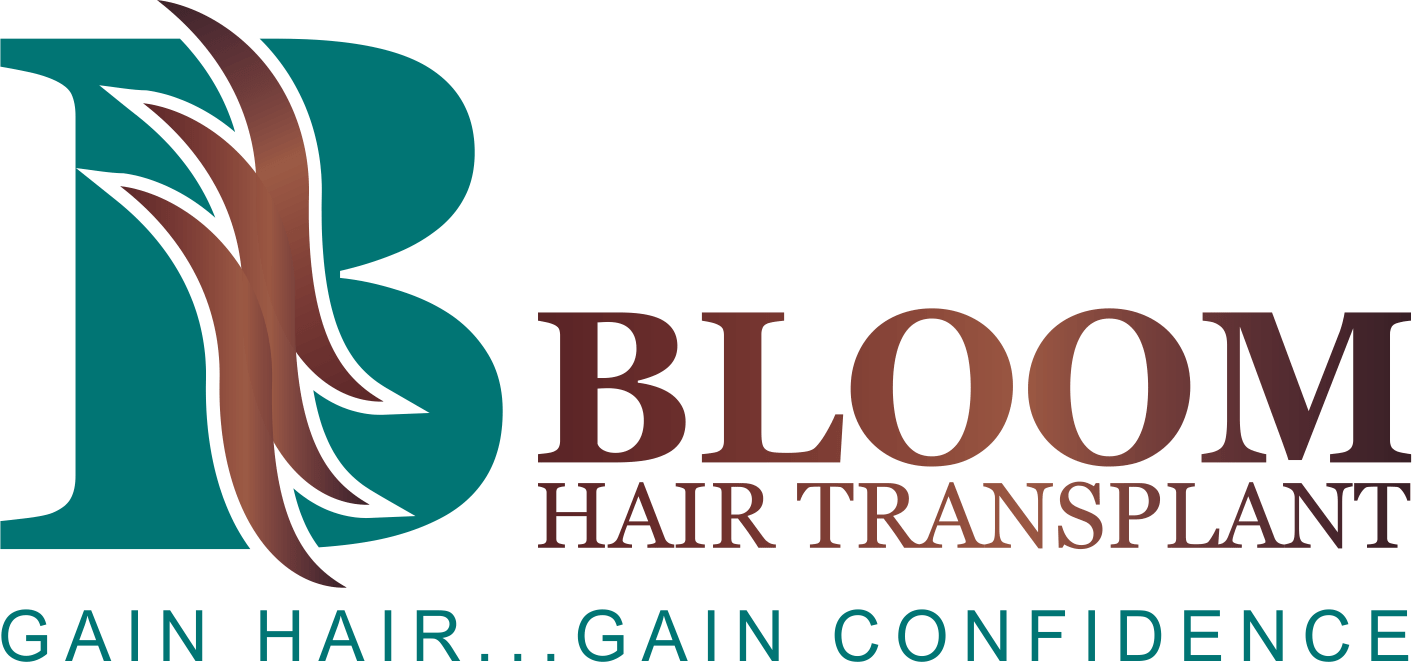
Decoding Hair Loss Patterns: Choosing the Right Transplant Method
Hair loss is a common concern affecting millions of individuals worldwide, transcending age, gender, and ethnicity.
The manifestation of hair loss varies, with distinct patterns observed among individuals.
Understanding these patterns and selecting suitable transplant methods play a crucial role in achieving successful hair restoration.
Let’s delve into the diverse hair loss patterns and explore the corresponding transplant approaches for effective treatment.
1. Norwood-Hamilton Scale:
The Norwood-Hamilton Scale is commonly used to categorize male pattern baldness, illustrating various stages of hair loss.
This scale ranges from Type I (minimal hair loss) to Type VII (extensive balding), aiding in the assessment of hair loss progression
and determining suitable treatment strategies.
2. Ludwig Scale:
Primarily applied in assessing female pattern baldness, the Ludwig Scale categorizes hair loss patterns in women.
It distinguishes three progressive stages, highlighting the thinning of hair across the crown area.
3. Hair Loss Patterns in Specific Areas:
Hair loss isn’t limited to the scalp. Some individuals experience hair thinning or loss in specific regions like eyebrows, beard, or body. These localized patterns necessitate precise treatment methods tailored to the unique characteristics of the affected area.
Choosing the Right Transplant Method:
A variety of transplant techniques exist to address diverse hair loss patterns effectively:
a. Follicular Unit Transplantation (FUT):
Involves harvesting a strip of scalp from the donor area and dissecting it into follicular units for transplantation.
Suitable for extensive baldness, providing a higher yield of grafts in a single session.
b. Follicular Unit Extraction (FUE):
Involves extracting individual hair follicles from the donor area using a punch-like instrument.
Ideal for patients seeking minimal scarring and a shorter recovery period.
c. Robotic Hair Transplantation:
Utilizes robotic technology to assist in the extraction and transplantation of hair follicles, offering precision and minimizing human error.
d. Eyebrow/Beard Transplantation:
Tailored transplant methods designed specifically for restoring eyebrows or beards, considering the unique growth direction and angle
of these areas.
e. Body Hair Transplantation:
Utilizes body hair (from areas like the chest or back) as donor grafts for transplantation to the scalp, suitable for patients with limited donor hair on the scalp.
Factors Influencing Method Selection:
- Extent of Hair Loss: The severity and pattern of hair loss guide the choice between FUT or FUE.
- Donor Hair Availability: Assessing the donor area’s hair density and characteristics influences the transplant method.
- Patient Preferences: Considering factors such as scarring, recovery time, and the desired outcome helps in aligning the patient’s preferences with the suitable transplant technique.
In conclusion, comprehending the diverse patterns of hair loss and selecting appropriate transplant methods are pivotal in
achieving successful hair restoration.
Consult Bloom Hair Transplant today here we provide tailored solutions,
ensuring effective treatment and fulfilling the goal of regaining natural-looking, fuller hair.
Remember, each individual’s situation is unique, and a personalized approach is essential for optimal results in combating hair loss
and restoring confidence.



